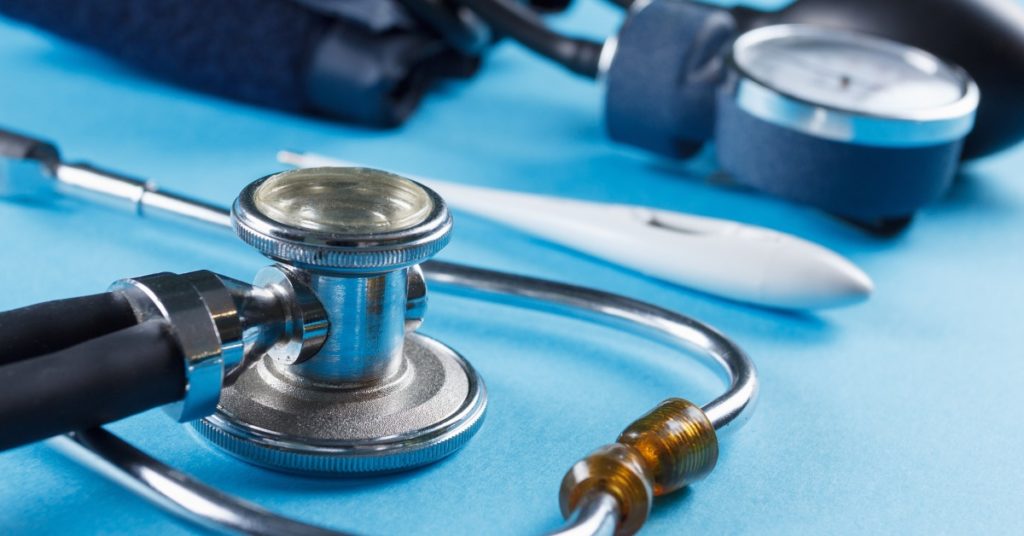The medical industry is one that relies heavily on plastics. From the equipment to the packaging, you will find plastic everywhere in the medical field. It’s not just for safety reasons either; it also helps with weight and durability. Plastics enable the production of medical equipment that is lightweight yet strong and durable.
From IV poles to surgical instruments, plastic can be found in most items used on a daily basis by hospitals and doctors’ offices. It’s also important for the packaging of some equipment because it helps protect them from damage while they’re being transported or stored at facilities like warehouses or blood donation centers.
Let us take a look at how plastics are used in this industry and what benefits they offer.
Most Common Medical Applications:
Common thermoplastic materials used in the manufacturing of medical plastic products include polycarbonate, polypropylene, polyethylene, or the formulation of custom polymers to meet specific medical device applications. Methyl methacrylate (PMMA), polycarbonate, acrylonitrile butadiene styrene (ABS), and nylon.
The use of plastics in the medical industry is widespread due to their properties such as strength, lightweight nature, and durability. The ability for manufacturers to add color also makes them a desirable choice over alternative materials.
Medical devices that are commonly made from plastic include syringes, catheters, and blood bags. In fact, over 90% of disposable medical products are made from plastics.
The lightweight nature of many plastics means that they can be easily transported without adding weight or bulk to the equipment. This is especially important in cases where a patient is being transported from one location to another via ambulance or helicopter.
Plastic’s ability to be easily shaped means that the production process is often more efficient as it can sometimes eliminate steps in manufacturing altogether. In addition, plastics are able to retain their shape after extended use and have high resistance against corrosion, making them a great choice for long-term equipment such as tubes used for intravenous feeding.
The properties of many types of plastic also lend themselves well to components that need insulation or protection from water damage etc., which makes them especially useful when transporting patients with open wounds who require sterile conditions during transport.
Sterilization of Plastics:
PVC is most widely used in pre-sterilized single-use medical applications. It is a versatile plastic that has been used in medical applications for over 50 years. Medical uses for plastic materials can include catheters which are used to for various actions, including unblocking blood vessels during an angioplasty.
Plastic materials such as polyethylene and PVC are widely used in pre-sterilized single-use medical applications. These products may be made by injection molding, extrusion blow molding, or rotational molding of either plastic material.
Manufacturing processes for medical devices must meet stringent quality and safety requirements. Materials used in medical devices must be biocompatible, meaning that they do not cause any adverse effects when in contact with the human body.
In order to protect patients from infection, many hospitals require all equipment and products to be sterile before use. This is why a great deal of medical equipment is made from plastic – it can be easily sterilized using common methods such as autoclaving or ethylene oxide gas treatment.
However, one downside to plastics is that they are often more expensive than traditional materials like metals. However, the benefits they offer often outweigh this cost difference especially in cases where durability and sterility are important factors.
The Benefits of Plastics Over Traditional Metal in the Medical Field:
- lightweight and easy to transport, reducing the risk of damage during transportation
- higher resistance against corrosion than many traditional metals such as iron or steel
- ability to be shaped into various forms, including tubes, syringes, etc., which reduces the need for multiple products made from different materials
It also makes manufacturing processes more efficient.
Plastics can withstand heat sterilization treatments common in medical applications like autoclaving (sterilizing equipment with high-pressure steam). This is especially important when transporting patients whose bodies may still contain bacteria that could cause infection if they come into contact with other parts of their body, such as open wounds on their skin.
- plastics do not rust like metal components might, causing potential health hazards
- many plastics are recyclable, reducing the amount of waste produced by hospitals and medical facilities.
Medical equipment recycling is important for two reasons: it helps conserve resources and keeps potentially harmful materials out of landfills.
Recycling of Plastics in Medical Equipment:
When medical devices reach the end of their useful life, they can be recycled into new products. This reduces environmental waste and conserves resources that would otherwise have to be used to create new medical devices from scratch.
Medical equipment is recycled and used to produce new products in two ways. The first is to melt down the plastic components of medical equipment and recycle them into new, useful materials.
The second method is known as regrinding, which extracts reusable plastics from other non-recyclable parts of medical devices like metals and ceramics. This material can then be used for injection molding or extrusion processes that create a completely new product.
Plastics are widely used within the medical industry because they allow manufacturers to meet important standards such as biocompatibility while keeping costs low and production efficient. Whether in packaging or medical devices themselves, plastics play a crucial role in equipment that is used to diagnose and treat illnesses. In a world where environmentalism is becoming increasingly important, the ability to recycle plastic materials makes them an even more attractive choice for medical devices and packaging.
Plastics have many benefits over traditional metals in the medical field. They are lightweight and easy to transport, resistant to corrosion, and can be easily sterilized. They also reduce environmental waste by being recyclable. For these reasons, it is likely that plastics will continue to play an important role in medical equipment and packaging for many years to come. The next time you go to the hospital, take a look at the equipment being used, and you’ll likely see that plastics play a big role in enhancing medical devices and packaging!



Amazing piece of content, Thank you for sharing this ideas.